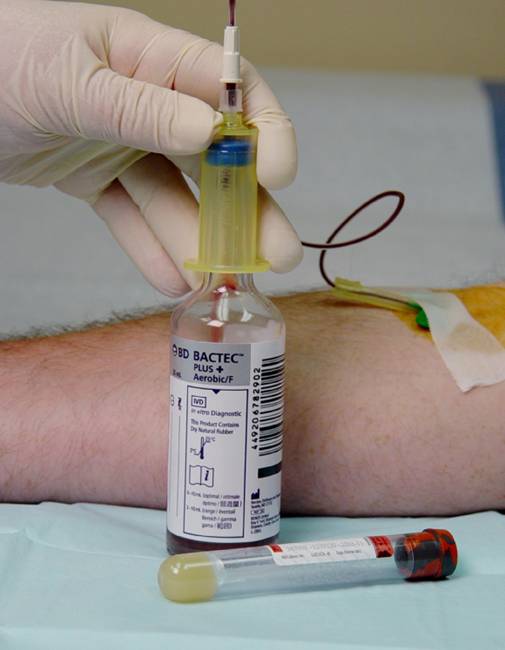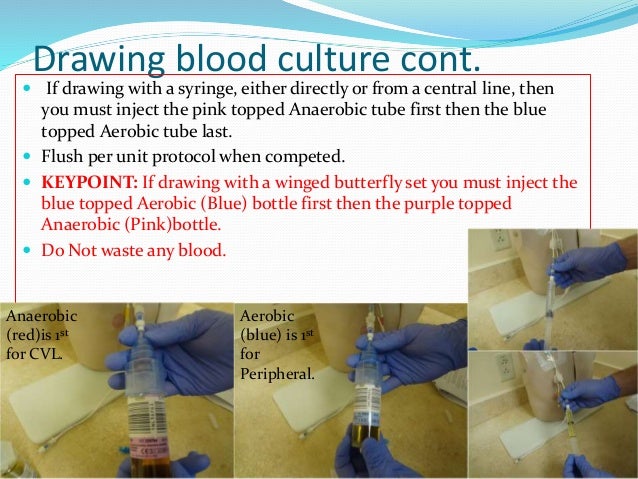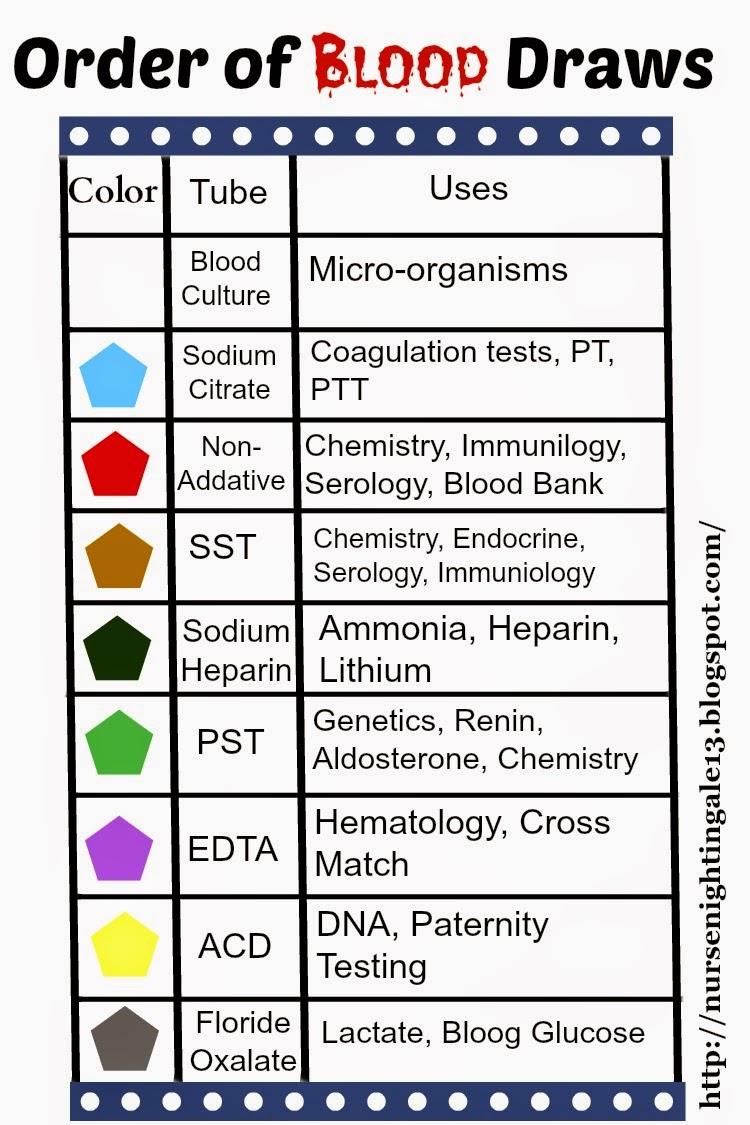How to draw blood cultures in dialysis warehouse of ideas
Table of Contents
Table of Contents
Are you a medical professional tasked with drawing blood cultures? Do you feel like you need a refresher on the correct procedure? Are you nervous about making a mistake that could potentially harm your patient? If so, you’re in the right place. Keep reading to learn how to draw blood cultures with confidence and precision.
Pain Points
It’s no secret that drawing blood can be a source of stress for both patients and medical professionals. Patients may have a fear of needles, while medical professionals may be worried about making a mistake that could lead to infection or other complications. It’s important to approach the task with a steady hand and a clear mind, taking all necessary precautions to ensure safety and accuracy.
The Procedure
The first step in drawing blood cultures is to properly identify the patient and explain the procedure. It’s important to obtain informed consent and answer any questions the patient may have before proceeding. Next, select the appropriate site for venipuncture and prepare the site with an antiseptic solution. Using a sterile needle and syringe, draw the blood into the appropriate culture bottles and mix the samples as directed by the laboratory. Label the samples with the patient’s identifying information and transport them to the lab as soon as possible.
Main Points
Remember to properly identify the patient and obtain informed consent before proceeding to draw blood cultures. Always use sterile equipment and follow the proper procedure for venipuncture. Remember to mix the samples as directed by the laboratory and label them clearly with the patient’s information. Transport the samples to the lab as soon as possible to ensure accurate results.
Personal Experience
As a medical professional, I’ve had my fair share of experiences drawing blood cultures. One experience that stands out to me was when I was working with a patient who was particularly nervous about the procedure. I took the time to explain the process and answer all of their questions, which helped to calm their nerves and make the procedure go smoothly. It’s important to remember that each patient is unique and may require a different approach.
 Tips for Success
Tips for Success
One tip for success when drawing blood cultures is to always double-check your equipment and supplies before starting the procedure. Make sure you have the appropriate culture bottles and that they are labeled correctly. Additionally, practice good bedside manner by approaching the procedure with a calm and confident demeanor. Communicate with the patient throughout the process to ensure they feel at ease.
 ### Common Mistakes
### Common Mistakes
One common mistake when drawing blood cultures is using improper technique for venipuncture. This can lead to contamination or inaccurate results. Another mistake is not properly labeling the samples, which can lead to confusion or incorrect results. Always follow the proper procedure and double-check your work to avoid these mistakes.
 Questions and Answers
Questions and Answers
Q: What are the most common sites for venipuncture when drawing blood cultures?
A: The most common sites for venipuncture when drawing blood cultures are the antecubital fossa (inner elbow) and the back of the hand.
Q: What should I do if the patient is particularly nervous or anxious about the procedure?
A: Take the time to explain the procedure in detail and answer all of their questions. If necessary, consider using a numbing cream or other relaxation techniques to help the patient feel more comfortable.
Q: How long does it take to get the results of a blood culture?
A: The length of time it takes to get results varies depending on the specific test being performed. However, results can typically be obtained within 48-72 hours.
Q: What should I do if I accidentally contaminate a sample?
A: Notify the laboratory immediately and discard the contaminated sample. Repeat the procedure using sterile equipment to obtain a new sample.
Conclusion of How to Draw Blood Cultures
Drawing blood cultures can be a stressful and potentially risky procedure, but by following the correct procedure and taking all necessary precautions, medical professionals can ensure accurate results and the safety of their patients. Remember to identify the patient, obtain informed consent, and use sterile equipment throughout the procedure. Always communicate with the patient and follow the proper procedure to avoid mistakes and ensure success.
Gallery
How To Draw Blood Cultures From A Picc Line – Bornmodernbaby

Photo Credit by: bing.com /
LabFlorida - Clinical Lab Testing In Tampa Bay Florida - ALF, Home

Photo Credit by: bing.com / blood culture draw test patient bactec cultures collection bd testing lab nursing treated practices deserves sepsis suspected because following every
How To Collect Blood Cultures - YouTube

Photo Credit by: bing.com / blood cultures collect
Nurse Nightingale: Correct Order Of Blood Draws

Photo Credit by: bing.com / phlebotomy
How To Draw Blood Cultures In Dialysis – Warehouse Of Ideas

Photo Credit by: bing.com /
 Questions and Answers
Questions and Answers




